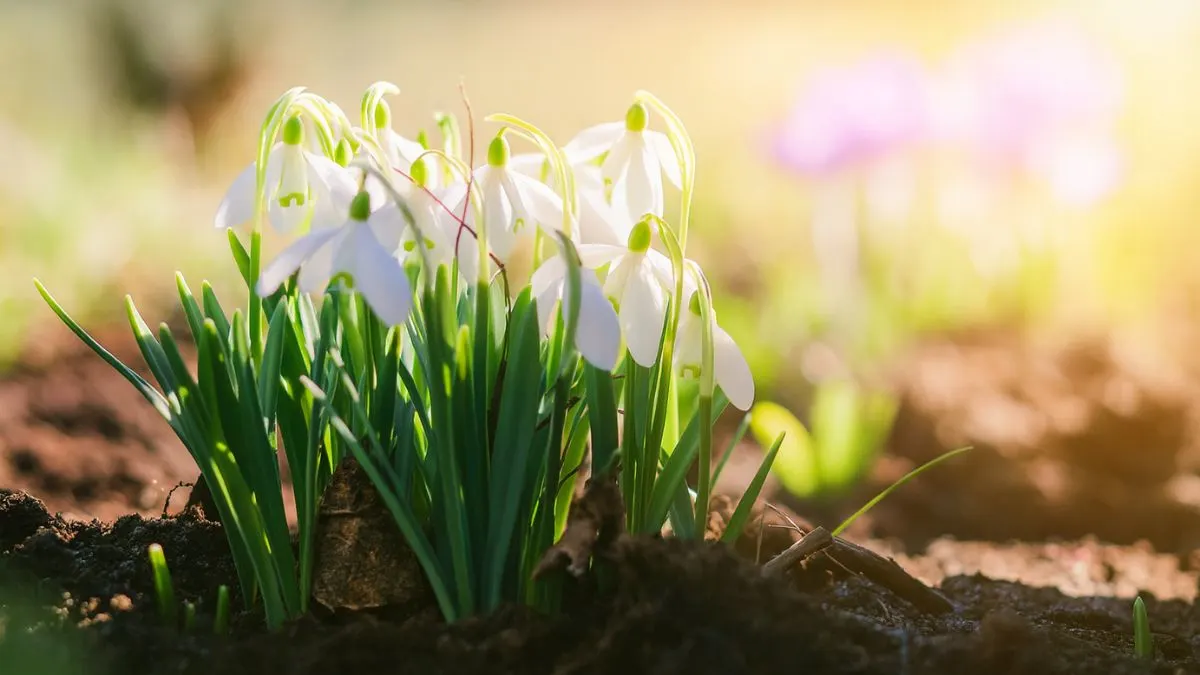If you’ve ever stepped into your garden in early spring and noticed vigorous new growth, chances are the plants were well-prepared with proper winter care. Winter pruning plays a big role in that transformation. Far from being just about snipping a few branches, this practice is all about stimulating growth, controlling shape, and boosting plant health while they’re dormant.
As someone who has spent winters in North America nurturing both evergreen shrubs and hedges as well as delicate flowering plants, I can say pruning in winter always pays off when spring arrives.
Why Winter Pruning Matters

1. Plants Rest During Dormancy
- During winter, many plants enter a dormant period. This means energy is conserved in the roots and branches rather than being used for flowering or foliage.
- Pruning is essential to plant health during this stage because it prepares the plant to redirect its energy towards fresh, vibrant growth when spring begins.
2. Encouraging Growth in Spring
- Winter pruning (or dry pruning) stimulates plants to produce lots of new vegetation in spring.
- By cutting back dead or weak growth, you’re telling the plant to focus on stronger, healthier shoots.
3. Controlling Shape and Size
- Encouraging growth, controlling size, and promoting health during the plant’s dormant period ensures that your trees and shrubs don’t grow unruly.
- This is especially important for urban gardeners in the USA and Canada, where smaller yards demand neatness.
Also Read: Plant These Stunning Ixia Bulbs Now for a Summer Garden
When to Prune
End of Winter to Early Spring
- The end of winter through early spring is an ideal time to prune because frost risk has reduced, and plants are about to awaken.
- Doing it too early in deep winter may expose plants to cold damage, while pruning too late may stress them as they’ve already started producing new shoots.
Evergreen Shrubs and Hedges
- Evergreen shrubs and hedges should have a light pruning in late winter/early spring.
- This helps maintain shape without stressing them too much before the growing season begins.
How to Prune the Right Way
1: Assess the Plant
- Walk around your garden, looking at trees, shrubs, and perennials.
- Identify dead, diseased, or crossing branches that could hinder airflow or growth.
2: Tools You’ll Need
- A sharp pair of pruning shears for small branches.
- Loppers for medium-sized stems.
- A pruning saw for thicker tree branches.
- Always sanitize tools to avoid spreading disease.
3. Pruning Technique
- Remove dead or diseased wood first.
- Cut just above a bud or branch junction, at a 45-degree angle, to encourage healthy new shoots.
- Avoid “topping” trees, as this weakens them in the long term.
Also Read: Plant Terrariums 101: The Simple Way to Build a Mini Jungle
Plants That Benefit Most
Plant Type |
Best Time to Prune |
Benefit of Winter Pruning |
Fruit Trees (Apple, Pear) |
Late winter |
Encourages fruit-bearing shoots |
Roses |
Early spring |
Promotes strong blooming stems |
Hydrangeas |
Late winter |
Controls size and encourages new flowers |
Evergreen Hedges |
Late winter/early spring |
Keeps shape neat and compact |
Vines (Grapes, Clematis) |
Dormant season |
Improves airflow and prevents overcrowding |
Common Mistakes to Avoid
- Pruning too much – Over-pruning can shock plants, leading to weak regrowth.
- Pruning at the wrong time – For instance, spring-blooming shrubs like lilacs should be pruned just after flowering, not in winter.
- Using blunt tools – This causes ragged cuts, making plants prone to disease.
- Ignoring young plants – Many assume only mature plants need pruning, but light shaping early helps with long-term structure.
Personal Experience
When I first started gardening, I neglected winter pruning because I thought leaving plants untouched would “protect” them. By spring, my roses were leggy, my fruit trees produced fewer blooms, and my hedges looked wild. The following year, I followed a step-by-step winter pruning plan—and the difference was incredible. My apple tree produced more blossoms, and the overall garden looked structured and healthy.
So, from personal experience, I can confirm: Winter is an ideal time to prune many trees and shrubs, and the effort is absolutely worth it.
Also Read: The Secret Life of Poinsettias After the Holidays
Benefits of Winter Pruning at a Glance
- Stimulates new spring growth
- Shapes plants neatly for landscapes
- Removes dead/diseased wood to prevent problems
- Improves air circulation and sunlight penetration
- Boosts fruit and flower production
Conclusion
Winter pruning is essential to plant health. Done correctly, it ensures your garden wakes up in spring with a fresh burst of growth, stronger blooms, and a well-kept appearance. So, as the chill of winter begins to fade, grab your pruning shears, assess your garden, and give your plants the care they deserve. By pruning now, you’re investing in a lush, vibrant garden that will reward you throughout the spring and summer.
🌿 Your next step? Walk through your garden today, identify what needs pruning, and start small. Before you know it, you’ll see the transformation.






